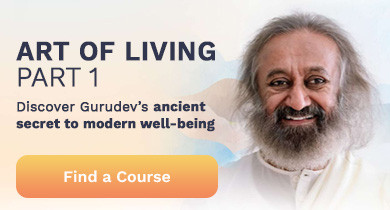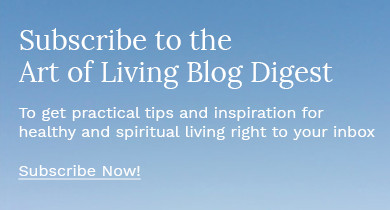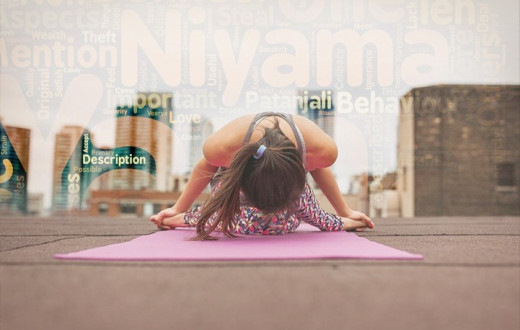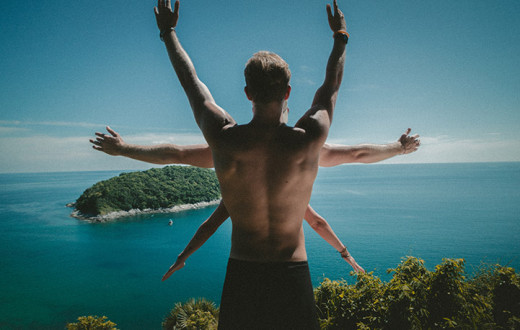Backbends are some of the most difficult asanas for the body to perform, as they require great flexibility and balance. However, while difficult, once properly learned backbends provide a myriad of benefits, ranging from emotional freedom to spinal healing.
One of the most notable benefits of backbends is relief from anxiety and stress. By profoundly opening the frontal area of the body, muscles and joints release accumulated stress.
While in a fairly rounded backbend posture, the kidneys are said to be compressed, which drains blood from the organs. When released, a fresh flow of oxygenated blood rushes back into the kidneys, flushing out toxins.
On the subtle level, backbends are said to open specific energy points (chakras) in the body, which help to release energetic blockages and facilitate healing on the levels of mind, body, and spirit.
For many, backbends can seem overwhelming due to the intense opening of the chest. However, by gently entering into each posture and listening to the body’s response, you can safely experience the profound effects.
Ustrasana (Camel Pose)

- Kneel on the yoga mat and place your hands on your hips.
- Your knees should be in line with your shoulders and the soles of your feet should be facing the ceiling.
- As you inhale, draw in your tailbone towards the pubis as if being pulled from the navel.
- Simultaneously, arch your back and slide your palms over your feet until the arms are straight.
- Do not strain or flex your neck; keep it in a neutral position.
- Stay in this posture for a couple of breaths.
- Breathe out and slowly come back to the initial pose. Withdraw your hands and bring them back to your hips as you straighten up.
Ustrasana is an intermediate-level backbending posture known to open Anahata (Heart Chakra).
Benefits of Ustrasana (Camel Pose)
- Improves digestion
- Stretches and opens the front of the body
- It also strengthens the back and shoulders
- Relieves the body of lower back ache
- Improves flexibility of the spine and also improves posture
- Helps overcome menstrual discomfort
Setu Bandhasana (Bridge pose)
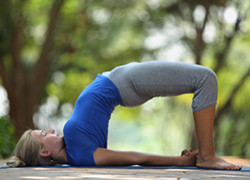
- To begin, lie on your back.
- Fold your knees and keep your feet hip distance apart on the floor, 10-12 inches from your pelvis, with knees and ankles in a straight line.
- Keep your arms beside your body, palms facing down.
- Inhaling, slowly lift your lower back, middle back and upper back off the floor; gently roll in the shoulders; touch the chest to the chin without bringing the chin down, supporting your weight with your shoulders, arms and feet. Feel your bottom firm up in this pose. Both the thighs are parallel to each other and to the floor.
- If you wish, you could interlace the fingers and push the hands on the floor to lift the torso a little more up, or you could support your back with your palms.
- Keep breathing easily.
- Hold the posture for a minute or two and exhale as you gently release the pose.
Highly efficient in alleviating stress and headache, this asana can be performed by beginners.
Benefits of Setu Bandhasana (Bridge pose)
- Strengthens the back muscles
- Relieves the tired back instantaneously
- Gives a good stretch to the chest, neck and spine
- Calms the brain, reducing anxiety, stress and depression
- Opens up the lungs and reduces thyroid problems
- Helps improve digestion
- Helps relieve the symptoms of menopause and menstrual pain
- Helpful in asthma, high blood pressure, osteoporosis, and sinusitis
Bhujangasana (Cobra Pose)
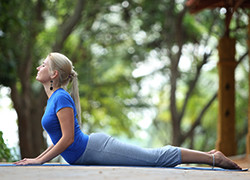
- Lie on your stomach with your toes flat on the floor and forehead resting on the ground.
- Keep your legs close together with your feet and heels lightly touching each other.
- Place your hands (palms downwards) under your shoulders, keeping your elbows parallel and close to your torso.
- Taking a deep breath in, slowly lift your head, chest, and abdomen while keeping your navel on the floor.
- Pull your torso back and off the floor with the support of your hands.
- Keep breathing with awareness as you curve your spine vertebra by vertebra. If possible, straighten your arms by arching your back as much as possible.
- Tilt your head back and look up.
- Breathe out and gently bring your abdomen, chest, and head back to the floor.
This asana resembles a serpent with its hood raised.
Benefits of the Bhujangasana (Cobra Pose)
- Opens up the shoulders and neck
- Tones the abdomen
- Strengthens the entire back and shoulders
- Improves flexibility of the upper and middle back
- Expands the chest
- Improves blood circulation
- Reduces fatigue and stress
- Useful for people with respiratory disorders such as asthma
Dhanurasana (Bow pose)
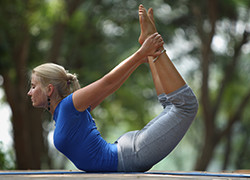
- Fold your knees and hold your ankles.
- Breathe in and lift your chest off the ground and pull your legs up and back.
- Look straight ahead with a smile on your face. Curve your lips to match the curve of your body!
- Keep the pose stable while paying attention to your breath. Your body is now taut as a bow.
- Continue to take long deep breaths as you relax in this pose. But don’t get carried away! Do not overdo the stretch.
- After 15 -20 seconds, as you exhale, gently bring your legs and chest to the ground. Release the ankles and relax.
This yoga posture has been named after the shape it takes – that of a bow. Dhanurasana is also part of the Padma Sadhana sequence.
Benefits of Dhanurasana (Bow pose)
- Strengthens the back and abdominal muscles
- Stimulates the reproductive organs
- Opens up the chest, neck and shoulders
- Tones the leg and arm muscles
- Adds greater flexibility to the back
- Good stress and fatigue buster
- Relieves menstrual discomfort and constipation
- Helps people with renal (kidney) disorders
While performing backbending postures, be sure to breathe continually throughout the process. Doing so expands the chest, creating space in the lungs and allowing for greater intake of oxygen. Breathing deeply also slows down the heartbeat and calms the mind, which can be especially helpful in the case of emotional release.
While a regular yoga practice can result in improved health, know that it is not a substitute for medical treatment. It is important to learn and practice yoga under the supervision of a trained teacher. In the case of a medical condition, practice yoga after consulting a doctor. Do you need information on courses? Contact us at programs@us.artofliving.org to find a Sri Sri Yoga course at an Art of Living Center near you.
